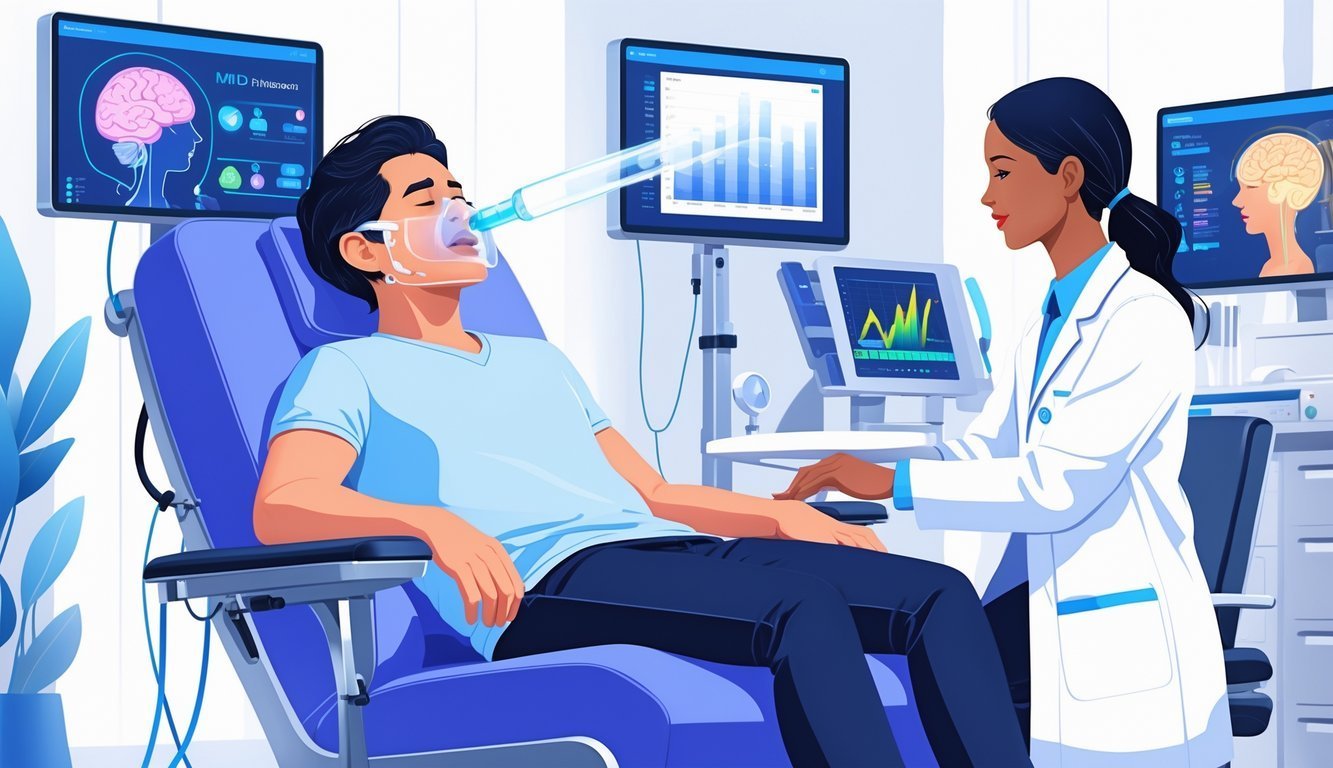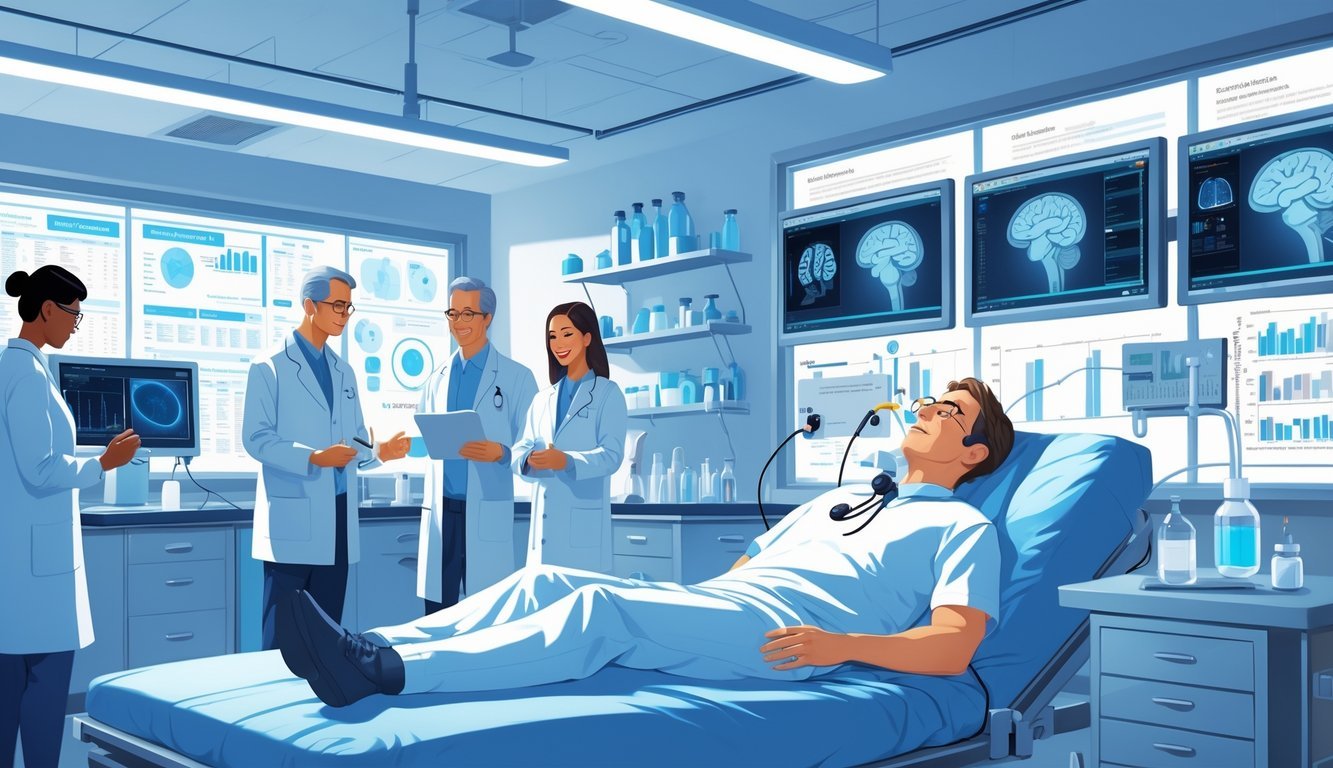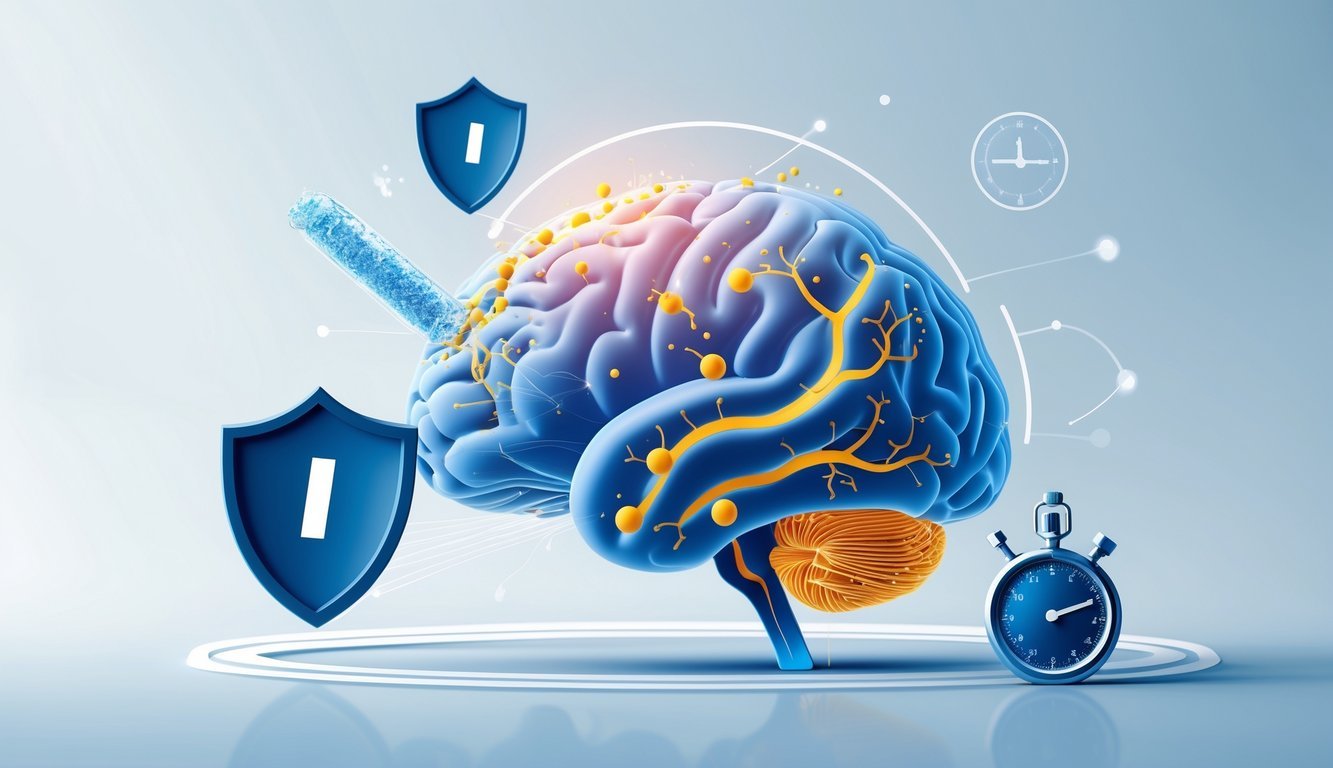PsychNewsDaily Publishers
100 Summit Drive
Burlington, MA, 01803
Telephone: (320) 349-2484
PsychNewsDaily Publishers
100 Summit Drive
Burlington, MA, 01803
Telephone: (320) 349-2484
Laughing gas, or nitrous oxide, quickly alleviates severe depression symptoms, offering rapid relief for treatment-resistant patients within hours of inhalation, with minimal side effects.

New research suggests laughing gas can quickly ease symptoms of severe depression, even for people who haven’t responded to the usual treatments. This common anesthetic offers a fast and effective way to lift mood and reduce feelings like hopelessness or suicidal thoughts.
The treatment targets certain brain cells and boosts mood almost right away. Because it acts much faster than traditional antidepressants, laughing gas could give people facing tough mental health challenges a new option.
If you or someone you know deals with severe depression, this approach may provide hope where nothing else has worked.

Nitrous oxide, or laughing gas, stands out as a promising new way to treat severe and treatment-resistant depression. Its fast action and ability to reduce symptoms set it apart from most traditional antidepressants.
Let’s take a closer look at recent clinical studies, how the gas works in the brain, and how it stacks up against other options.
Researchers at Washington University School of Medicine led a clinical trial testing low doses of nitrous oxide on people with treatment-resistant depression. These folks hadn’t found relief with standard antidepressants like SSRIs.
The study used inhaled nitrous oxide at 25% and 50% concentrations. Both doses brought rapid improvement in depressive symptoms.
Participants’ moods lifted within hours after treatment. They noticed clear effects on emotional regulation.
Researchers compared nitrous oxide to a placebo during the trial. The gas worked much better than the placebo at reducing depression and anxiety linked to chronic stress.
At low doses, nitrous oxide acts as a sedative and calms anxiety. It targets specific brain cells that control mood, leading to quick antidepressant effects.
In the studies, participants often felt relief from depression soon after inhaling the gas. People with treatment-resistant depression noticed the strongest improvements, especially since standard antidepressants hadn’t helped them.
Unlike many antidepressants that need weeks to work, nitrous oxide can lift mood fast. It might also protect parts of the brain involved in emotional regulation, which gives it an edge over some older treatments.
Compared to antidepressants like SSRIs, nitrous oxide acts much faster to relieve depressive symptoms. SSRIs usually take weeks, but nitrous oxide can work within hours.
It shares some similarities with ketamine, another fast-acting depression treatment. Still, nitrous oxide is easier to give and might have fewer side effects.
In clinical trials, inhaling 25% nitrous oxide worked almost as well as 50%. That’s good news—it suggests lower doses could be enough and are likely safer.
This option might appeal to people who want quick relief without relying on heavy medication.
The antidepressant effects of nitrous oxide usually start within minutes to hours after inhalation. Patients often report feeling less anxious and weighed down by depression soon after treatment.
But the relief doesn’t last forever—usually just a few hours to a few days. So, nitrous oxide could help for quick mood improvement, but it might need to be combined with other treatments for longer-term care.
For people with treatment-resistant depression, even temporary relief can feel life-changing. Researchers are still looking for ways to extend these benefits safely.

Laughing gas acts quickly to ease severe depression by working on specific brain systems. It involves important brain chemicals and nerve cells that affect mood.
Doctors use it carefully because side effects can pop up, but they’re usually mild and don’t last long.
Nitrous oxide mainly affects your brain by blocking NMDA receptors in the glutamate system. Glutamate helps nerve cells send signals to each other.
By blocking these receptors, nitrous oxide balances activity in brain circuits linked to mood, especially in pyramidal neurons.
This action can quickly change how your brain processes emotions. It helps restore normal function in areas that might be overactive or underactive during depression.
It also influences serotonin, another neurotransmitter that’s important for mood.
Because doctors use it at a low dose, nitrous oxide can help without causing full anesthesia. That makes it a useful, fast-acting treatment for depression.
Nitrous oxide can give you a mild sense of euphoria, but side effects are usually short-lived. Some people feel nausea or vomit after treatment.
These side effects are generally mild and happen because nitrous oxide is an anesthetic. One safety concern is its effect on vitamin B12 if used too often, which could lead to nerve problems over time.
That’s why doctors keep treatments controlled and don’t give them too frequently.
In clinical trials, low-dose medical use hasn’t caused any serious or lasting side effects for depression. Doctors monitor patients closely to keep things safe and aim for fast relief.

Here are answers to common questions about using laughing gas to treat severe depression. You’ll find out how it works, how fast it acts, possible side effects, how it compares to other treatments, and who can use it.
Yes, studies show that low doses of laughing gas can quickly reduce depressive symptoms. It targets brain cells to boost mood, making it a promising option.
The effects show up fast—often within minutes to hours after inhaling. This quick action is way faster than many traditional antidepressants.
At low doses, side effects are usually mild and temporary. Some people might feel dizzy, sleepy, or get a mild headache.
Laughing gas works directly on brain receptors that affect mood, so relief can come quickly. Traditional drugs often take weeks to start working.
Doctors give it by having you inhale a controlled amount of nitrous oxide mixed with oxygen. This process happens under medical supervision for safety.
Yeah, it actually shows some promise for people who haven’t had luck with other treatments.
Recent research backs up its use in cases where standard antidepressants just don’t work.